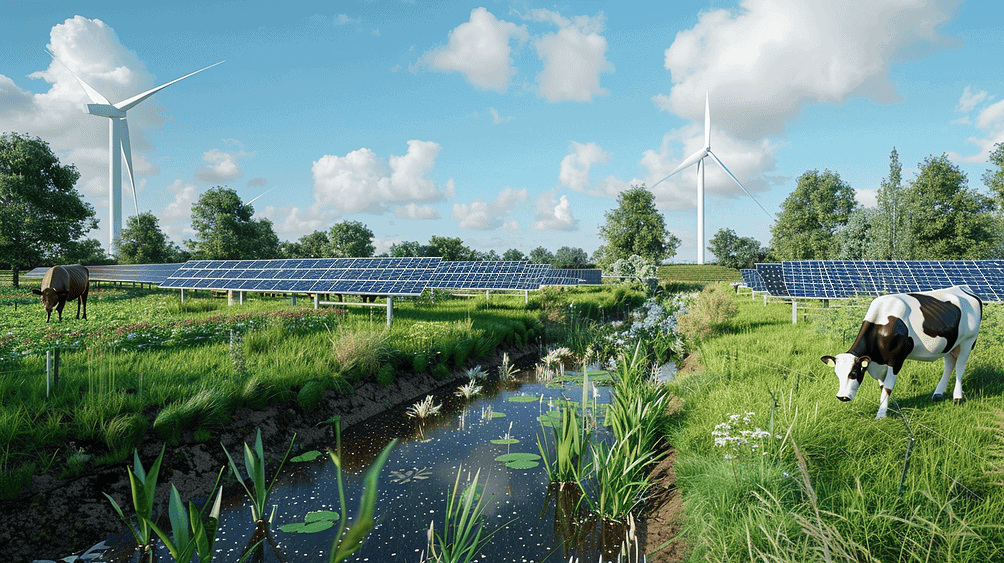
Imagine your backpack generating energy as you walk. The chairs on your balcony, the rack of your bike, and anything that catches sunlight are suitable as solar panels. This will become commonplace with the recent breakthrough by researchers at Oxford University. This will be possible thanks to perovskite, a material thinner than a hair. The flexible solar cell made with it can be applied to almost anything – from cars to cell phones. With an efficiency of 27%, it already rivals silicon, but it may reach 45% in the future. Moreover, it is 150 times thinner. This innovation promises cheaper solar power and opens the door to a world where every surface generates energy.
Leap forward
The Oxford researchers’ breakthrough is not just a tiny improvement. Using perovskite instead of traditional silicon solar cells is a technological leap forward. Perovskite is a material capable of converting solar energy more efficiently. Dr. Shuaifeng Hu explains that the multi-junction approach, which involves stacking multiple perovskite layers, has increased energy conversion efficiency from 6% to more than 27% in just five years.

What makes this innovation genuinely revolutionary is the flexibility and applicability of perovskite. The material is more than 150 times thinner than a silicon wafer and can be applied to virtually any surface. Think backpacks, cars, and even cell phones. Dr. Junke Wang emphasizes that this thin coating can not only replicate silicon but also surpass it due to the added flexibility.
Growth and efficiency
The efficiency of perovskite solar cells could potentially reach even more than 45% in the future, making them a promising candidate for large-scale applications. The global average cost of solar power has already fallen by nearly 90% since 2010, and innovations such as this one promise further cost savings.
Oxford PV has already begun large-scale production of perovskite photovoltaic cells in Germany. This is an essential step toward the commercial availability of this technology. However, scaling up production is challenging. Researchers such as Arthur Weeber of TU Delft stress that it takes time to develop a process for production on a larger scale, such as square meters or even kilometers.

Challenges
However, there are still challenges to overcome. Perovskite solar cells have lower stability and wear out faster than silicon cells. Researchers are working on methods to improve stability and extend life. New techniques, such as using tetrahydrotriazinium to strengthen the crystal structure, are showing promising results, but much research is still needed before this technology is commercially viable.

